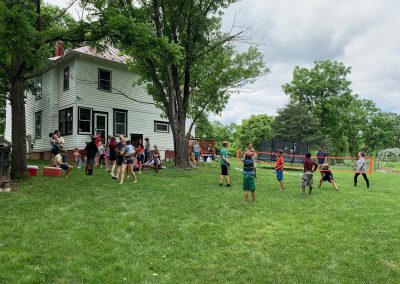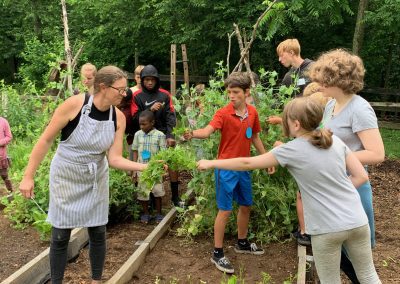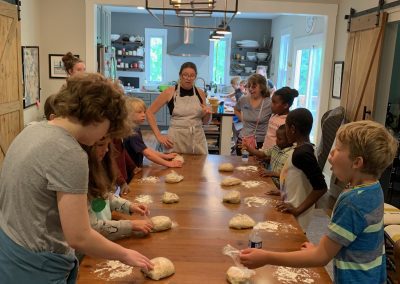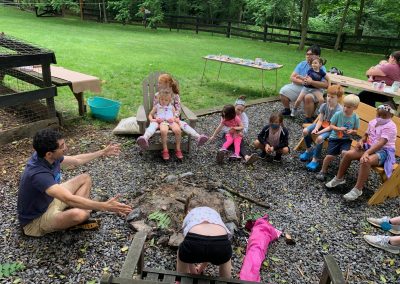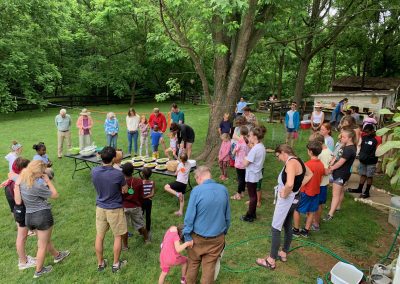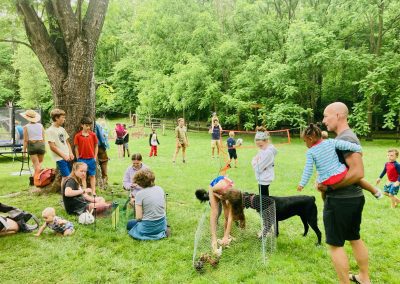I hope your summer thus far has been a gift, and full of the promise of more gifts just around the corner. Perhaps you have a little getaway coming up, or you just returned from a 4th of July celebration. Or maybe you’re enjoying simpler gifts, like the powerful freshness that afternoon thunderstorms bring to (very) muggy days. Or maybe, like me, you’ve developed a new appreciation for yellow onions. Onions? Yep, you read that right! Let me explain.
Corhaven was bustling with people of all ages for our Creation Care Family Camp a few weeks back (see the photos below). The kids got to make fresh bread and butter, harvest eggs from the chicken coop, go on a scavenger hunt, plant their own strawberry shoots, and swim in the creek.
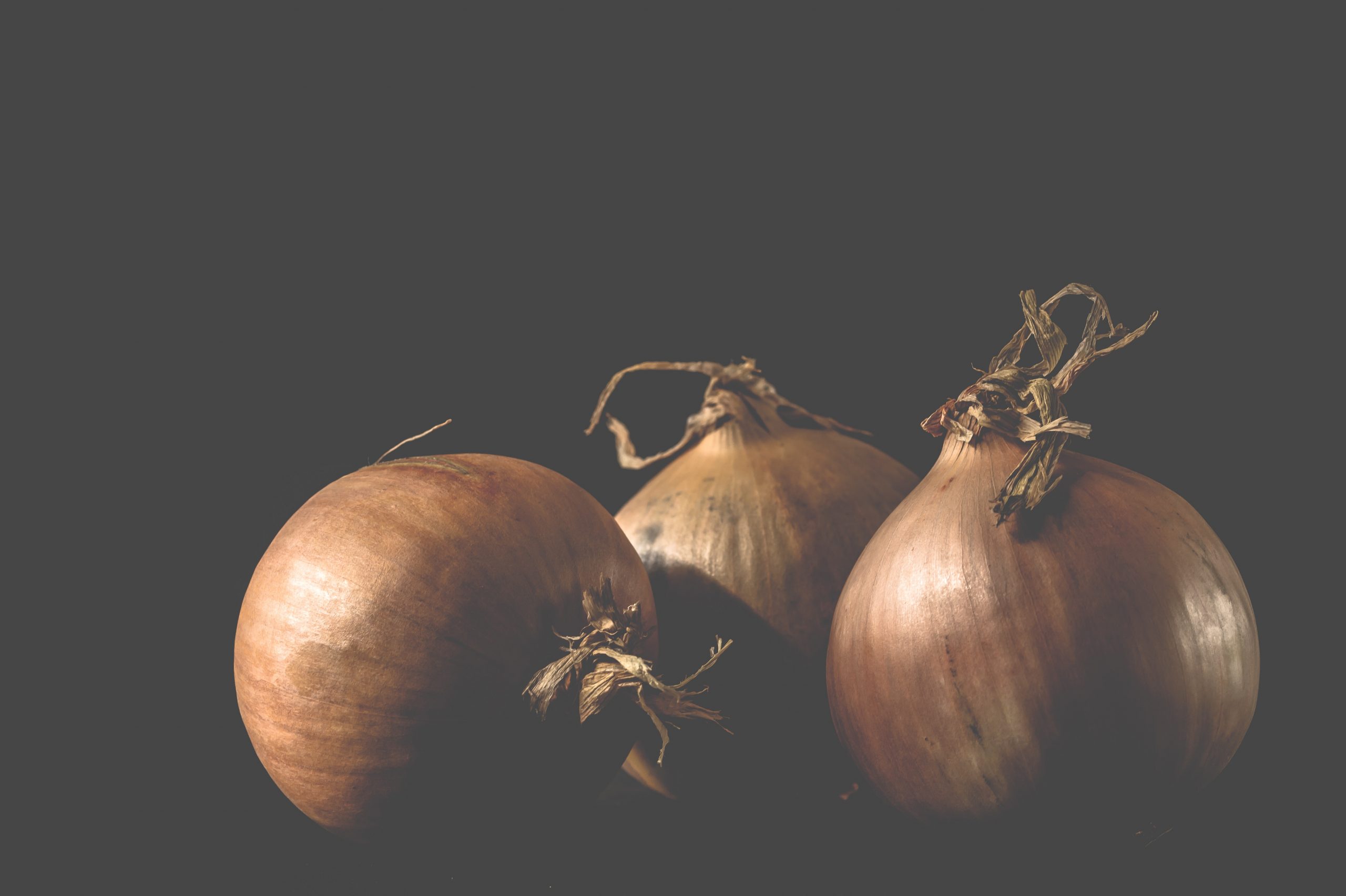
The adults? They got to spend an hour with me and an onion. But before you assume the adults got the short end of the stick, let me ask you a question: Have you ever truly encountered an onion? If that seems like a silly question, consider this one instead: Have you ever noticed that when you cut an onion in half, the two halves’ faces immediately become mutually convex, such that they rock against each other instead of fitting flush together as they did a moment before? (If you don’t believe me, I encourage you to stop reading and go try it yourself!) If you didn’t go try it yourself, or maybe even if you did, you may have a question for me now: Why does it matter?
That was my question when I first picked up Robert F. Capon’s theological cookbook The Supper of the Lamb (free e-book; or buy) and saw a whole chapter devoted to onions. But when I’d finished reading, I was tearing up, and I hadn’t even cut open an onion! So it was with eagerness that I lugged a sack of onions and cutting boards to Corhaven a few weeks ago.
That morning, Capon challenged us to truly see just one onion—to see it for what it is rather than seeing what it can provide for us. He asked us to look at an onion as though we’ve never looked at an onion before. An infant on her mother’s lap showed us exactly what this looked like: wide-eyed with wonder, she grabbed her mother’s onion, trying to put it in her mouth over and over again. It was as though nothing else in the world existed for her at that moment. Nothing else mattered.
We adults are good at naming things—“that’s an onion”—but not so good at this child-like way of seeing. Too often, for us, each and every onion becomes “just an onion.” But that little baby showed us how we might see—maybe even how God sees—every onion, every daisy, every single thing in Creation. (see G.K. Chesterton on this, here) For Capon, any other way of seeing isn’t just lacking. It’s idolatry:
“Every time [we] diagram something instead of looking at it, every time [we] regard not what a thing is but what it can be made to mean to [us]… Reality slips away from [us]; and [we] are left with nothing but the oldest monstrosity in the world: an idol. Things must be met for themselves…. Idolatry has two faults. It is not only a slur on the one true God; it is also an insult to true things.”
We started with an onion and got to idolatry. That escalated quickly! But if it’s true for a humble onion, perhaps it’s true for how we see other parts of Creation. After all, how often do we slip into seeing a fellow human being—an image-bearer of God—as an obstacle, or a means to an end? So maybe it’s better to start small. If we slowed down to see an onion with this sort of attentiveness, perhaps it would be impossible for us not to see the glory of God radiating from every human being we glimpse!
Friends, what do you need to “see” today, perhaps for the first time? What might God draw your attention to today if you gave him the chance?

